With GDP of more than $1 trillion USD, Saudi Arabia is the largest economy in the Middle East. A country well-known for its enormous oil reserves has been making significant steps to alter its position in the global economy. These reforms are part of a bigger plan to diversify the country’s economy and lessen its dependency on oil revenues. Consequently, the evolving economic landscape of Saudi Arabia will be explored, with a focus on its diversification efforts, investment strategies, and the obstacles it must overcome to emerge as a global leading economy.
Policy Initiatives and Reforms
For decades, Saudi Arabia’s economy has been mostly dependent on oil. The discovery of oil and subsequent expansion of the oil sector transformed the country into one of the richest in the world. Oil exports have been the foundation of the economy, accounting for a sizable share of GDP, government income, and export revenues. Saudi Arabia has the second-largest proven oil reserves of any country and is one of the world’s leading oil producers, accounting for around 40% of the country’s GDP and 75% of overall budget revenues. However, the volatility of global oil prices and the growing global transition toward renewable energy sources have exposed the risks of such reliance. To address these issues, the government launched Vision 2030 in 2016, an ambitious economic reform plan aimed at diversifying its economy and decreasing its dependency on oil. Vision 2030 is built on three major pillars: an ambitious nation, a successful economy, and a vibrant society. This vision includes a wide range of reforms such as the development of non-oil sectors, the promotion of foreign direct investment (FDI), and the strengthening of the private sector’s role in the economy.
Development of Non-Oil Sectors
Economic diversification is a key aspect of Saudi Arabia’s reform plan. The government has made significant efforts to develop non-oil sectors including tourism, entertainment, technology, and renewable energy. Indeed, the country aspires to be a global tourism destination, its ranks rose from the 69th in 2019 to the 41st in 2024, according to the Travel and Tourism Development Index 2024. In addition, the Kingdom intends to invest extensively in renewable energy, aiming to generate 50% of its energy from renewable sources by 2030, as well as cultivating a strong digital environment to promote innovation and establish a knowledge-based economy. Saudi Arabia’s economic diversification efforts, driven by the National Investment Strategy (NIS), launched in 2021, are yielding positive effects, according to Goldman Sachs Research. The NIS is a key component of the Vision 2030, which aspires to convert the Kingdom into a worldwide investment powerhouse by fostering an appealing business climate, diversifying the economy, and reducing reliance on oil income. The NIS seeks to restructure the economy through innovation, private sector incentives, and assistance for crucial sectors, with an estimated $1 trillion set aside for investments in clean technology, metals and mining, and transportation and logistics.
Improving the Business Climate
Saudi Arabia has embarked on a series of ambitious reforms to improve its business climate, prompted by the Vision 2030. The government’s initiatives can be divided into four categories: regulatory reforms, infrastructure investments, human capital development, and digital transformation.
The government has improved its regulatory and legislative frameworks to foster a more business-friendly environment. The government has streamlined procedures to make it easier to start and operate businesses in the kingdom. This involves lowering the time and expense of business registration and permit acquisition, the establishment of the “Meras” platform, an online site for business registration, which has accelerated the development of new businesses.
Furthermore, the Ministry of Investment of Saudi Arabia (MISA) has played a critical role in implementing reforms aimed at attracting FDI by revising its investment laws to allow 100% foreign ownership in various sectors, thereby removing previous restrictions that required foreign investors to partner with local entities. This move has been crucial in making Saudi Arabia a more attractive destination for international businesses. The MISA promotes several financial incentives for foreign investors, such as employment support programmes, energy and utility enablement in industrial cities, loan programmes, post-shipment financing for international buyers, custom duty drawbacks, pre-export financing for Saudi exporters, and exemptions on selected materials, equipment, and machinery. Additionally, the corporate tax rate on foreign company revenues is 20%, the lowest among G20 countries, and without personal income taxes. Foreign-affiliated enterprises and international companies are granted special incentives and assistance to encourage clustering activities, human capital development, and knowledge transfer.
As part of NIS, the Shareek initiative was launched in 2021 with the goal of promoting investment partnerships between businesses and the government and accelerating economic diversification. By 2030, the initiative hopes to increase domestic private sector investment from 40% to 65% of GDP by enticing $1.3 trillion in investment. It provides grants, loans, regulatory support, and co-investment.
Additionally, in 2022, the government released the new Companies Law which aligns with the Kingdom’s Vision 2030 in an effort to draw in more FDI and in accordance with the NIS that supports Vision 2030, which aims to grow FDI to 5.7% of GDP by 2030 and increase non-oil exports to 50%. The new law reflects global best practices, adds new provisions, permits more flexibility, safeguards commercial interests, and fortifies the private sector.
With the goal of encouraging foreign investment in non-oil sectors, Saudi Arabia is developing a Special Economic Zone (SEZ) program that will include tax breaks, exemptions from customs duties, incentives, and streamlined licensing procedures. With a focus on underserved domestic, regional, and international markets, SEZs seek to remove barriers, promote economic diversification, and draw in notable investors. Media, engineering, transportation, manufacturing, and financial services are important industries with the media already expanding quickly as a result of loosened regulations.
Moreover, in line with Vision 2030, the Public Investment Fund (PIF) of Saudi Arabia plays a pivotal role in the country’s economic growth and diversification, and boosting the private sector development. With an A+ brand strength rating, the PIF, which was founded in 1971, has grown to be among the biggest and most significant sovereign wealth funds in the world. It manages assets of about $925 billion as of 2024, up from $192 billion in 2016. PIF’s objective is to build strategic economic partnerships, introduce new sectors, empower the private sector, improve its portfolio, accomplish successful long-term investments, support sector localisation, and grow its assets to fulfil its mandate to realise Vision 2030. In addition to investing $40 billion in the local economy, the PIF intends to generate 1.8 million direct and indirect jobs, and contribute with $320 billion in non-oil GDP by 2025.
The Saudi government has made significant investments to expand its physical and digital infrastructure, realising the role that infrastructure plays in creating a conductive business environment. Developing new economic zones, transportation networks, and industrial cities are all components of this strategy. Businesses are intended to have access to cutting-edge facilities and services through projects like the King Abdullah Economic City and the NEOM megacity. Building new ports, airports, and railroads has been given top priority in the transportation sector to enhance connectivity and logistics. Two examples of efforts aiming at improving the country’s logistical capacities and enabling easier and more efficient trade and commerce are the Saudi Railway Company and the King Abdulaziz Port development in Dammam.
Further, to position itself as a significant player in global trade, the government signed trade agreements with various countries and regional blocs. Looking ahead, the country aims to negotiate more trade agreements to further deepen its integration into the global economy among which the most recent is the hosting of Ankara in the first round of negotiations for a free trade agreement between the Arab Gulf Cooperation Council and Turkey. Despite these agreements, net FDI to Saudi Arabia stood at $22 billion in 2023 which is far from the 2030 target.
Human Capital Development and Digital Transformation
Saudi Arabia is making significant investments in human capital to develop a workforce that is more knowledgeable and productive. Programmes for education and training are being revised to better meet the demands of the modern economy. A component of Vision 2030, the Human Capability Development Programme seeks to support career training, enhance education, and cultivate a culture of lifelong learning. To further enhance the talent pool accessible to companies, the government has initiated programmes to increase the number of women in the workforce. These programmes, which include promoting gender equality in the workplace and loosening restrictions on female employment, aim to tap into a sizable underutilised resource. Examples include the lifting of the ban on women being allowed to drive in 2018.
Another critical aspect of the country’s plan to enhance its business climate is embracing digital transformation through the introduction of several programmes to encourage digital innovation and entrepreneurship, and promoting the adoption of new technologies and providing support to tech startups. New technologies can be researched, developed, and commercialised on platforms made available by the creation of innovation and technology centres like the Saudi Technology Development and Investment Company and the King Abdulaziz City for Science and Technology which aim to establish the country as a regional leader in digital innovation. As a result of such initiatives, according to the International Telecommunication Union’s ICT 2024 Development Index, Saudi Arabia ranked second among G20 members in terms of measurement of digital development and the progress of countries in ICT services, with the ICT market value reaching $44 billion.
In its concluding statement from June 2024, the International Monetary Fund (IMF) praised the kingdom’s efforts, stating that Saudi Arabia has advanced 15 ranks in the International Institute for Management Development Competitiveness’s ranking during the previous two years, landing it at the 17th largest economy internationally in 2023. Currently ranked third in the G20, the Kingdom comes before major countries like China and Germany, indicating its significance in the world economy. In addition, the international credit rating company Moody’s has confirmed Saudi Arabia’s “A1” credit rating, indicating a positive outlook. While there has been a lot of progress since the introduction of Vision 2030, obstacles still stand in the way of the country’s ascent to be on top of the global economic rankings.
Challenges Ahead
As part of its Vision 2030, Saudi Arabia hopes to lessen its reliance on oil revenues and diversify its economy. Although great progress has been achieved in this direction, a number of challenges still stand in the way of Saudi Arabia emerging as a major economic powerhouse, including geopolitical risks, social and cultural barriers, and economic dependency.
Saudi Arabia’s economic ambitions are jeopardized by the volatility and unpredictability of the Middle East geopolitical environment. Trade disruptions and FDI deterrents might result from regional conflicts, which incite instability. Another important factor in determining the kingdom’s economic future is its relations with other countries and international powers. The stability of the government’s economy depends on its relations with the United States and other key world powers. Changes in foreign policy or geopolitical dynamics may cause a major shift in these ties, which could affect investment flows and economic growth.
Furthermore, the social and cultural norms of the country pose obstacles to workforce growth and economic diversification. In the Women, Business and the Law 2024 study, women’s participation in the workforce was ranked 71.3 globally, which is still lower than the worldwide average despite recent improvements. In some sectors, women’s career options are still restricted by legal constraints and cultural conventions, and even with its improvements, the educational system still needs reforms to meet the market needs.
Lastly, in spite of diversification efforts, the country’s economy is still largely reliant on oil, with oil revenues accounting for a sizable amount of both the country’s budget and export revenues. The economy is susceptible to changes in the price of oil globally because of this dependency. Economic instability, lower government spending, and budget deficits can result from an abrupt decline in oil prices. In fact, an 8.5% drop in oil-related activities caused the country’s real GDP to contract by 0.4% year over year in Q2 2024. The Q1 2024 GDP shrank by 1.7% as a result of continuous reductions in oil production. Lower oil revenues would probably discourage investment in non-oil sectors, which might slow down the expansion of the economy as a whole. Consequently, the IMF recently lowered its GDP prediction for the country to 1.7% for 2024, pointing out that the country needs oil prices close to $100 to balance its budget.
References
Business Consultants, Creation. “New Companies Law in Saudi Arabia.” Creation Business Consultants, April 8, 2024. https://www.creationbc.com/en-sa/corporate-laws-and-legislation/new-companies-law/
Commission, Communication, Space &Technology. “Communications, Space & Technology Commission.” Communication, Space &Technology Commission, July 15, 2024. https://www.cst.gov.sa/en/mediacenter/pressreleases/Pages/2024071501.aspx#:~:text=For%20the%20second%20consecutive%20time%2C%20Saudi%20Arabia%20ranked%20second%20place,main%20pillars%20’universal%20connectivity’%20and
Economic Forum, World. “Travel & Tourism Development Index 2024.” World Economic Forum, 2024. https://www.weforum.org/publications/travel-tourism-development-index-2024/
Fund, International Monetary. “Saudi Arabia: Concluding Statement of the 2024 Article IV Mission.” IMF, June 14, 2024. https://www.imf.org/en/News/Articles/2024/06/13/mission-concluding-statement-saudi-arabia-concluding-statement-of-the-2024-article-iv-mission
Fund, Public Investment. “PIF Named World’s Most Valuable Sovereign Wealth Fund Brand.” PIF, 2024. https://www.pif.gov.sa/en/news-and-insights/newswire/2024/pif-named-worlds-most-valuable-sovereign-wealth-fund-brand/
Fund, Public Investment. “PIF Program 2021-2025.” PIF, 2024. https://www.pif.gov.sa/en/strategy-and-impact/the-program/
Group, World Bank. “Reports, Key Findings – Women, Business and the Law – World Bank Group.” World Bank, 2024. https://wbl.worldbank.org/en/reports
Helou, Elias Al. “Saudi Arabia Maintains ‘A1’ Credit Rating with Positive Outlook amid Successful Economic Reforms: Report.” Economy Middle East, May 27, 2024. https://economymiddleeast.com/news/saudi-arabia-maintains-a1-credit-rating-with-positive-outlook-amid-successful-economic-reforms-report/
Invest Saudi, Ministry of Investment. “Ministry of Economy & Planning – Investment Report.” Ministry of Investment, 2024. Ministry of Economy & Planning – Investment Report.pdf (mep.gov.sa)
Markets, Reuters. “Saudi Arabia’s Q2 GDP Shrinks by an Estimated 0.4% y/y | Reuters.” Reuters, July 31, 2024. https://www.reuters.com/markets/saudi-arabias-q2-gdp-shrinks-by-an-estimated-04-yy-2024-07-31/
Reuters. “Saudi Arabia’s Q2 GDP Shrinks by an Estimated 0.4% y/y | Reuters.” Reuters, July 31, 2024. https://www.reuters.com/markets/saudi-arabias-q2-gdp-shrinks-by-an-estimated-04-yy-2024-07-31/
Sachs, Goldman. “How Saudi Arabia Is Investing to Transform Its Economy.” Goldman Sachs, October 13, 2023. https://www.goldmansachs.com/intelligence/pages/how-saudi-arabia-is-investing-to-transform-its-economy.html
State, U.S. Department. “2023 Investment Climate Statements: Saudi Arabia.” U.S. Department of State, 2023. https://www.state.gov/reports/2023-investment-climate-statements/saudi-arabia/
Vision 2030, Kingdom of Saudi Arabia. Human Capacity Development Program, 2024. https://www.vision2030.gov.sa/en/vision-2030/vrp/human-capacity-development-program/



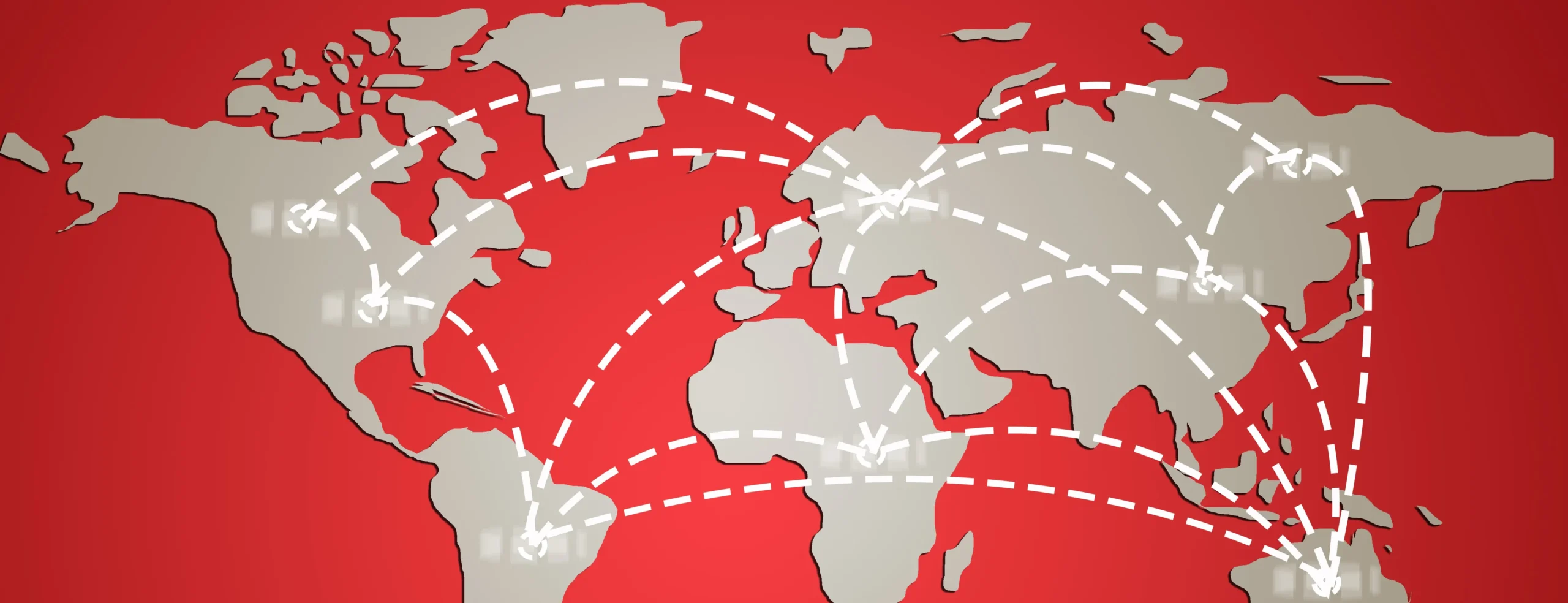
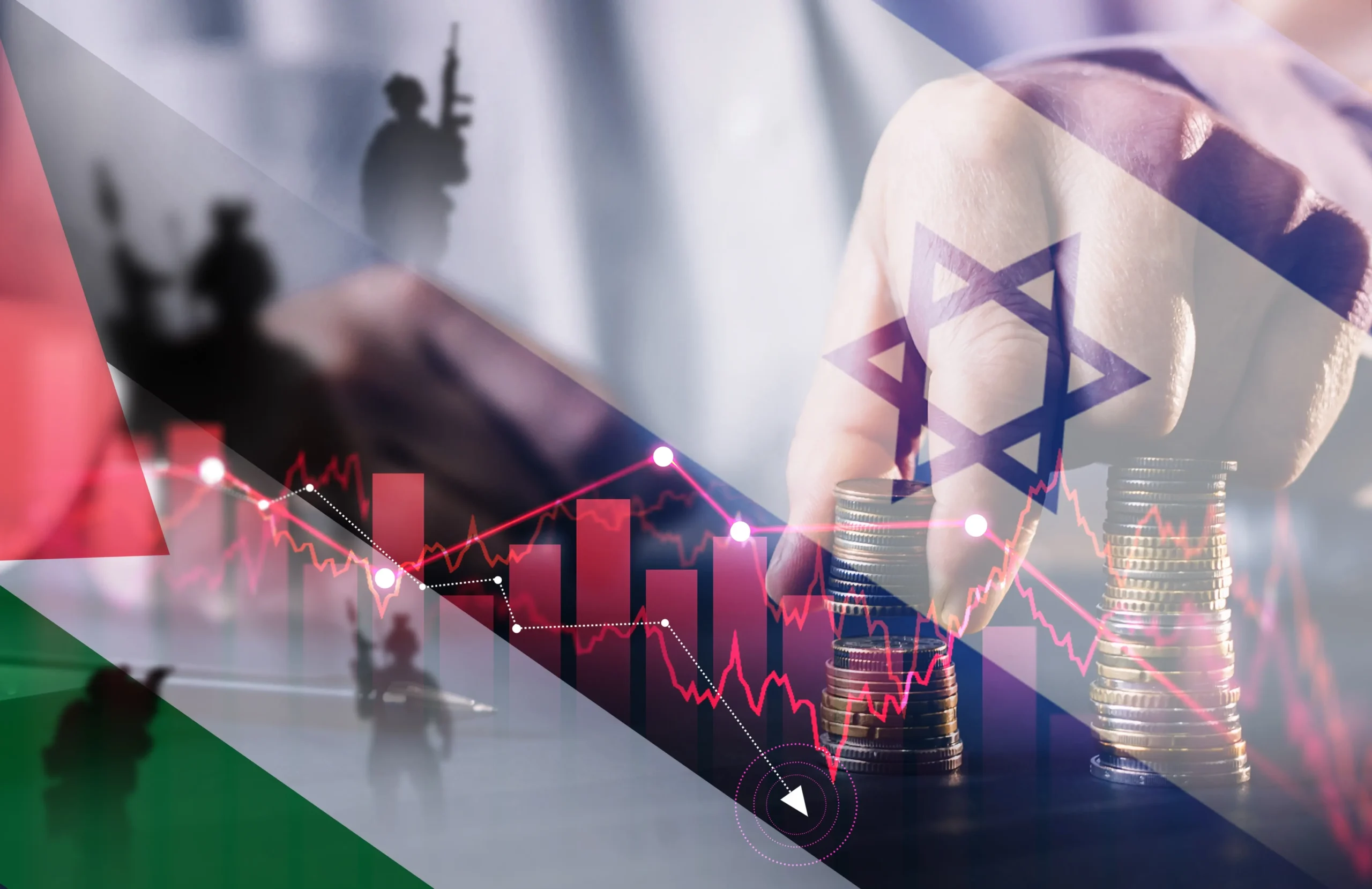
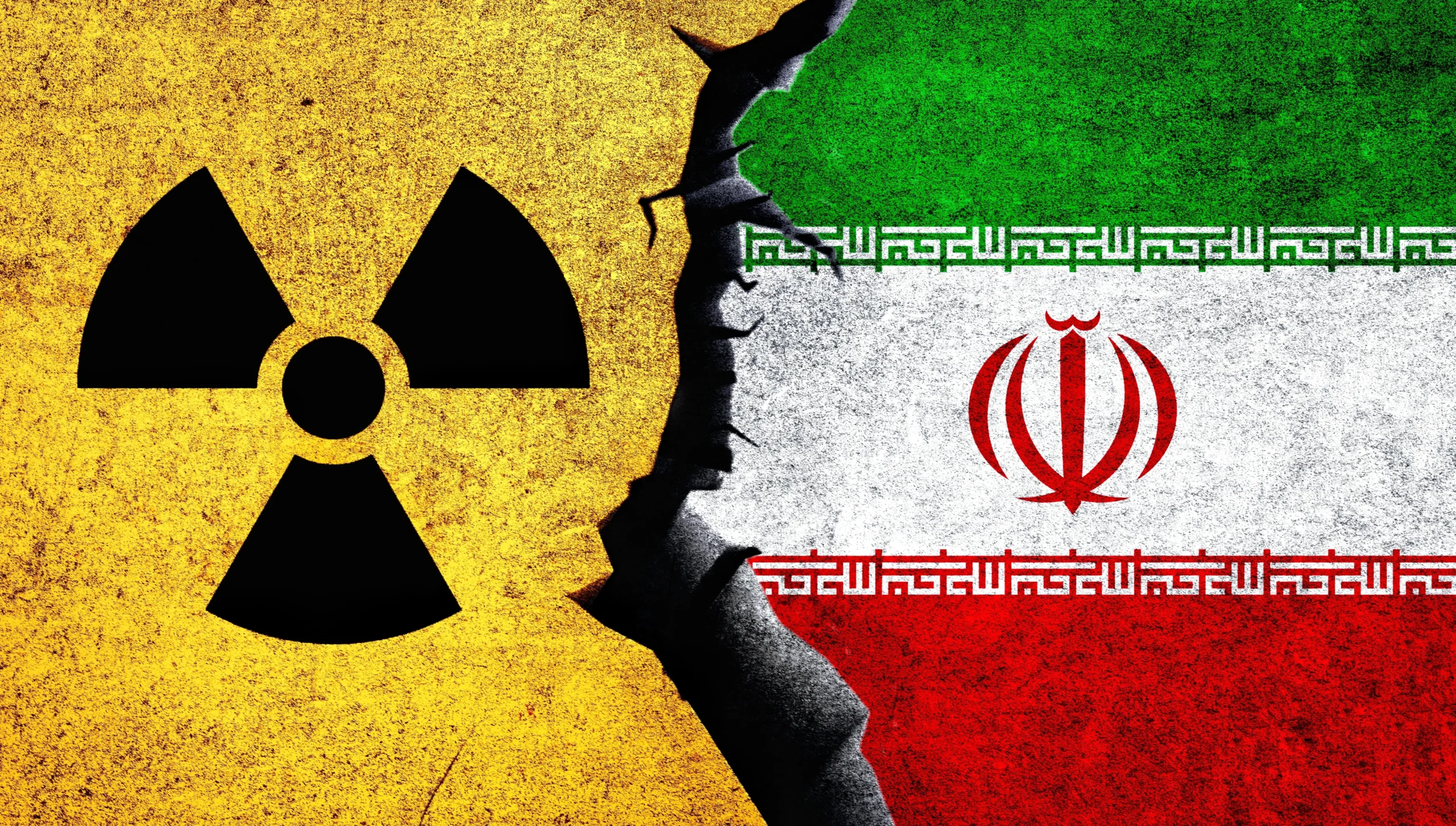



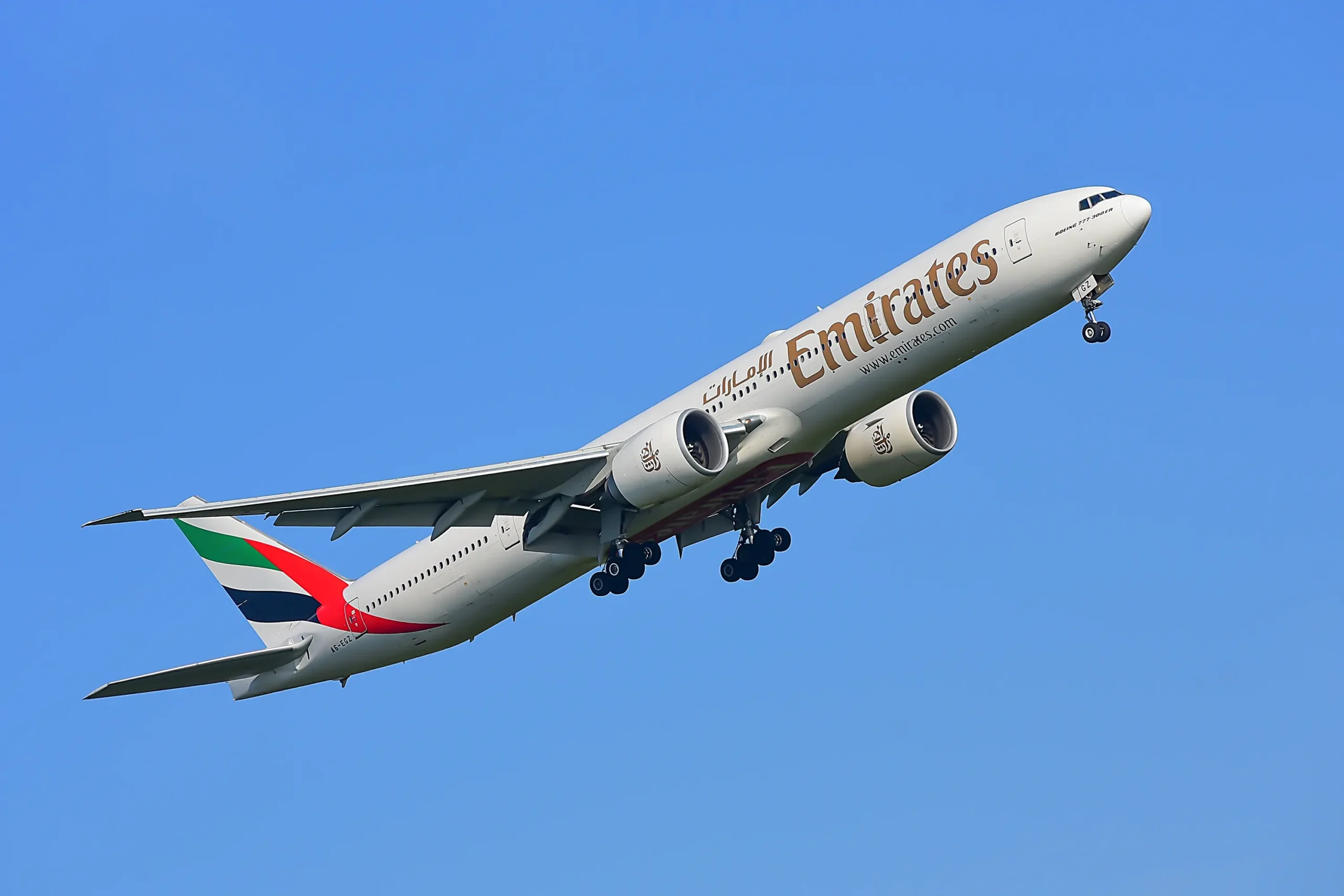




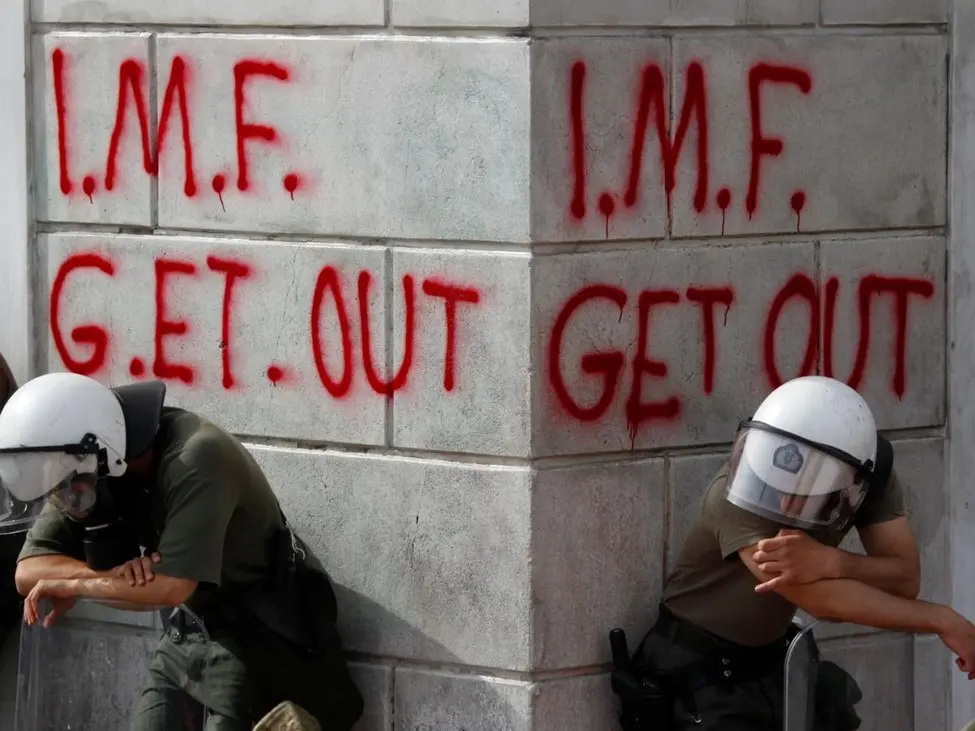
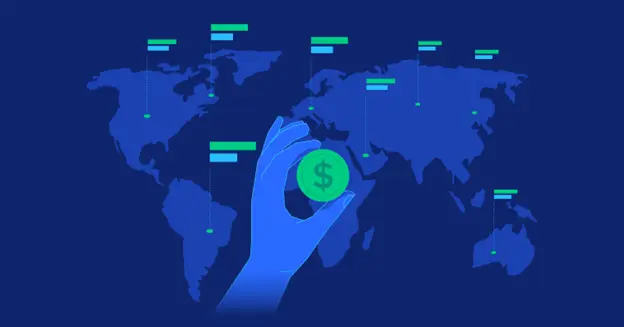
Comments